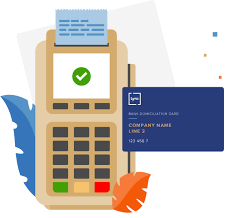Using a point of sale system can give you an edge over your competitors. POS systems are gaining popularity for their speed, ease of use and management benefits, including reporting insights.
POS systems automate much of the tracking and analysis of sales, stock levels and profitability that you may have been doing manually with spreadsheets and shared drives. This allows you to focus your attention on customer service, merchandising and product development.

The most basic POS system includes a POS display, a card reader that accepts digital swiped, dipped or tapped payments, and a receipt printer to print paper receipts for customers. Depending on the needs of your business, you may want to add in other peripheral devices like a scale or scanner. To ensure connectivity, consider Multi Network Data Sim deals from Lister, providers of Multi Network Data Sim packages for businesses.
Many POS systems allow you to save payment methods for returning customers so they don’t have to take their wallets out every time. This is especially important for boutique or service businesses where client relationships are built on trust.

The more advanced POS systems offer cloud storage for data and a failsafe mode in the case of internet connection failure. They also support additional devices for payment, such as handheld credit card readers and a portable printer. They are also designed to be future proof and are constantly being upgraded to support evolving consumer patterns and business models. For example, mobile payment is becoming increasingly popular so you can expect your POS system to have a range of apps that connect your POS with online and in-person shopping channels.
